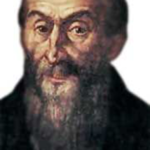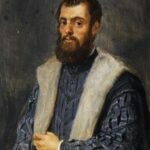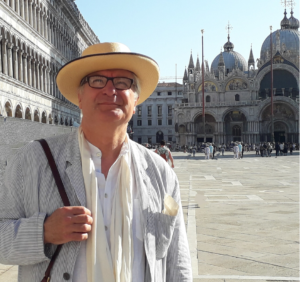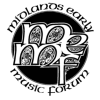Join Philip Thorby as he explores the sights and sounds of Venice in the sixteenth century and presents a series of four lectures.
Philip has kindly let us have access to the recordings of these wonderful lectures as an educational tool for schools and colleges, for your personal use and for sharing with other musical societies. The early music forums, and Society of Recorder Players may like to do sessions using them, all free of charge.
Each of the four lectures stands alone. Taken together they will present a fascinating view of Venice in the early 1500s, where the lives of Ganassi and Willaert intertwined with the aristocratic Pietro Bembo, the great printer Aldo Manutio and the incomparable verse of Francesco Petrarca.
More details of each lecture together with the link are found below.
Lecture 1. The Barber’s Son: The life of Silvestro Ganassi

The life of Silvestro Ganassi, the son of a barber from Bergamo, who became the most famous musician in Venice as well as being a renowned painter. We will look at the Venice he knew, the Doges for whom he worked, his rich patrons and his family band. We will see what his contemporaries wrote about him, both in biography and in fiction, and follow his life from his birth to immigrant parents above a humble barber’s shop near the Rialto to his death as a proud Venetian cittadino.
Link to the first recording is here
Lecture 2: The New Prometheus of Celestial Harmony

That is how Silvestro Ganassi described the great Flemish composer Adriaan Willaert, who became Maestro di Cappella of St Marks in 1527, and stayed there until his death in 1562. We will follow his progress from Flanders via Paris and Ferrara to Venice. This lecture is brought to you by the letter “P” – not only Prometheus, but also the Patrician (Pietro Bembo), the Poet (Petrarch) and the Printer (Aldo Manutio), all of whom come together in the Venetian palazzo of a rich Florentine exile, where, in an atmosphere of great secrecy, Willaert explores an entirely new kind of music.
Link to the second recording is here
Lecture 3: Bellezza e Bontà

As we saw in the first lecture, Ganassi is at the centre of the musical establishment in a republic which exported its music and its musicians to the rest of Europe. We are lucky that he wrote three books on technique and performance practice; La Fontegara, Regola Rubertina and Lettione Secunda. What do his three books tell us about how music was sung and played in Venice in the first half of the sixteenth century? Well, quite a lot – and not all of it sits comfortably with how we see and hear renaissance music today. Philip will summarise the information from the books and put them into the context of other writers.
Link to the third recording is here
Lecture 4: Musica Nova

The last lecture will focus on the “sacro e divino collegio”: Ganassi’s description of those meetings where Adriano (as the Venetians called Willaert) directed voices and viols in his new kind of music – sacred motets and settings of Petrarch, music which became the most sought-after and costly musical real-estate in Europe. Philip will talk about the repertoire and the newness of this musical style and give a personal view of how a meeting of the secretive collegio might have worked.
Link to the fourth recording is here
Philip Thorby

If you know Philip you will know his love of Venice, Silvestro Ganassi and Adriaan Willaert: Venice for its innate beauty and its unique place in the history of the renaissance, Ganassi as the most famous and revered Venetian musician of his day, and Willaert as the gentle Fleming who expressed the Venetian ideals in his music and his character.

